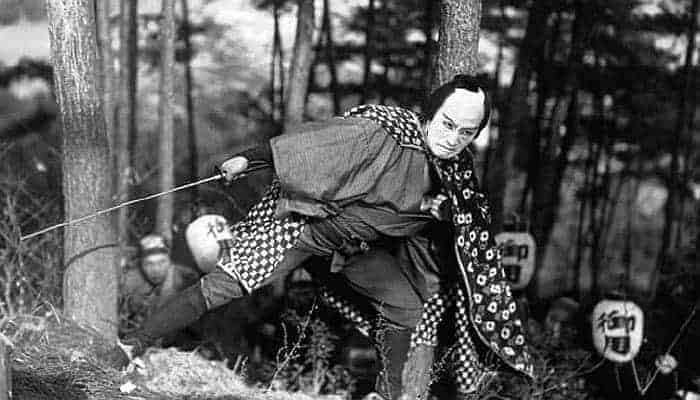For his sophomore movie, Dominic Sangma returns to the festival circuit with “Rapture”, the second part of his thematic trilogy on village life. The Indian-Chinese-Swiss co-production premiered in Locarno, and was shot on location in the (largely Christian) state of Meghalaya in Northeast India, where the director actually grew up as a child.
Rapture screened in Locarno Film Festival

One night, a 14-year old boy collecting rare cicadas that only appear only every two years at night, goes missing in the forest. The villagers begin to search, but as time passes and he is not found, rumors of child kidnappers roaming around the area start circulating, with the locals assuming that they are part of an organ-trafficking ring sent in the woods by big city hospitals. While a local legend regarding nymphs also becomes part of the suspicions regarding the perpetrator, the pastor of the village announces the advent of a miraculous statue of the Virgin Mary which blesses every Christian dwelling, as much as the descent of an ominous darkness that will last for 80 days. Nothing will give light except for the blessed candles provided by the priest. As darkness takes over, so do the rumors become even more excessive, while murder also becomes a factor. The appearance of refugees inevitably worsens the situation, while the police also appear soon in the village. In the middle of all this, 10-year-old Kasan, whose father is the head of the Village Defense Party, roams around freely, despite his night blindness.
Based on the myths of his area and the common scares children all around the world seem to experience, about the darkness, the unknown, strangers and supernatural beings, Dominic Sangman essentially directs a movie that is presented through the frequently illogical perspectives of children. At the same time, though, “Rapture” is so much more, with the director managing to incorporate a series of sociopolitical comments in the narrative, that enrich the context significantly.
Check also this interview
In that fashion, the connection between religion and demonology and how difficult it is to distinguish the two, particularly in areas as the one in focus, where Christianity and Shamanism seem to co-exist, is a rather central one, with the narrative essentially moving forward with it as its beginning. The way both the pastor and the shaman react and try to goad the people into specific directions highlights the fact, with the fear of the unknown and the subsequent racism towards any kind of outsiders seemingly deriving from the same source. Lastly, the violence that eventually ensues, seems inevitable considering all the aforementioned, as the frustration the local experience does not have any different way out.
Apart from the aforementioned, Sangma has also induced the narrative with a whodunit element, along with much surrealism after a point, with the former actually carrying the movie until a point, and the latter highlighting that the proceedings are also presented through the eyes of a child. At the same time, it is somewhere here that Sangma somewhat loses control of his narrative, with it moving towards too many directions, essentially muddying the comments he wanted to make and creating a chaos that is not as appealing as in films like “Jallikattu” for example. That the film is rather slow-burning and also extends to 127 minutes does not help either, with the narrative approach becoming tiring after a point.
On the other hand, in terms of visuals, the film is truly splendid. Tojo Xavier and colorist Mahak Gupta start the movie with intense reds and sepia tones, before they allow the darkness to draw everything in, creating a series of images that are both ominous and ritualistic, frequently pointing towards a horror movie. The supernatural sequences are also excellently depicted, while a number of panoramic shots, and particularly the one that ends the movie are bound to stay on the mind of any viewer. Lastly, a number of voyeuristic ones, with the protagonists peaking on what is happening, are also impressive on occasion.
Regarding the acting, Celestine K Sangma steals the show as the pastor who believes he has God-given control over the people of the village. Torikhu A Sangma is also quite good as the young Kasan, particularly in the way he presents his frustration and fear about what is happening in the village.
“Rapture” is a film distinctly addressed to festivals, which does highlight, however a number of interesting comments through an approach that is particularly intriguing if messy, especially due to the impressive visuals.















